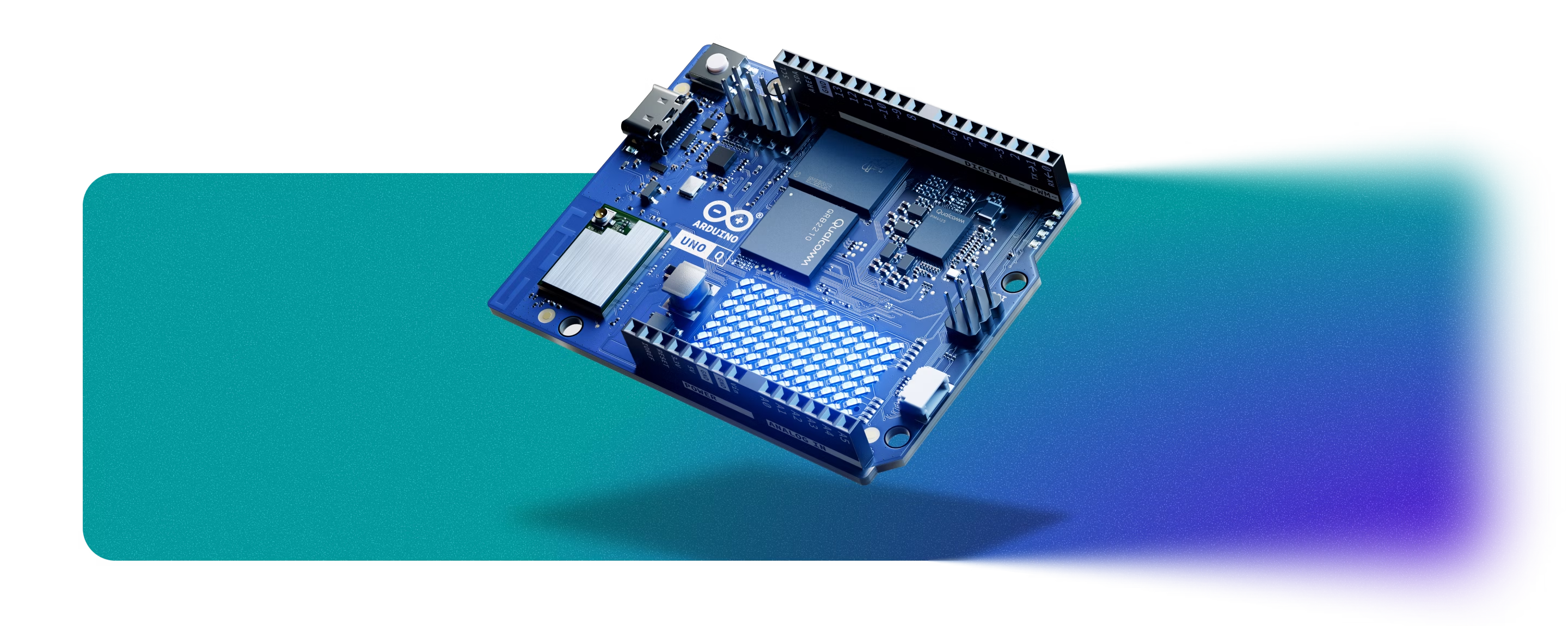IoT Chronicles: September 2025

Innovation never stands still and these breakthroughs prove it. From AI-powered assistants and smart glasses, to next-generation IoT connectivity and life-changing advances in genetic medicine. September brought some of the most exciting developments in technology and science. Below are five innovations that are shaping the future of our lives, work and communication.
1. Qualcomm x Arduino: Merging Open Source with AI Power

Qualcomm has acquired Arduino, the open-source hardware pioneer that has empowered millions of makers, educators, and innovators around the world. The brand will remain independent, but now gains access to Qualcomm’s advanced processing and connectivity technology: a move set to bridge hobbyist creativity with industrial-grade innovation. Alongside the announcement, Arduino unveiled the Uno Q, powered by Qualcomm’s DragonWing chip and an STM32 microcontroller.
This hybrid setup combines the flexibility of Linux with the precision of real-time control, perfect for AI, robotics, and IoT projects that demand both intelligence and speed. Starting at $44, the Uno Q introduces true edge computing to the maker community, with built-in support for AI models and a new unified development platform, App Lab. Together, Qualcomm and Arduino are reshaping the boundary between prototyping and production, making smart, connected technology more accessible than ever.
2. From Prompts to Proactivity - Meet ChatGPT Pulse
OpenAI has introduced ChatGPT Pulse, a feature that takes AI assistance to the next level. Instead of waiting for user prompts, Pulse acts as a proactive companion, surfacing what matters most, before you even ask. Currently available in preview for ChatGPT Pro users on mobile, Pulse delivers personalised daily updates in a visual, card-style format. These updates might include meeting reminders, news relevant to your interests, or ideas connected to your previous chats, creating a smoother, more connected workflow.
Users can link everyday tools like Gmail or Google Calendar and adjust what Pulse prioritises, keeping full control over their data and preferences. This personalised approach hints at a broader shift in AI design - from reactive tools to anticipatory systems that adapt to context, habits, and goals.
3. See the Future: Meta Launches Smart Glasses with Built-In Display

Meta has launched the Ray-Ban Display, its first pair of smart glasses with a built-in colour display inside the lens. Paired with the Neural Band wrist controller that reads muscle signals, users can view messages, maps, calls and AI prompts hands-free. Priced at $799, the glasses debut in the US on September 30 2025, with wider rollout planned for 2026. Meta also introduced upgrades to its Ray-Ban Meta Gen 2 line, featuring better battery life and 3K Ultra HD video recording.
📍Meta
4. 5G RedCap: The Smart, Scalable Path to Mass IoT Adoption
5G RedCap (Reduced Capability) is redefining how connected devices communicate: trimming down the full 5G stack to make connectivity more affordable, efficient, and accessible for IoT applications. Positioned between LTE-M/NB-IoT and full 5G, it offers the perfect balance of performance and power for wearables, smart cameras, and industrial devices.Built on 3GPP Release 17, RedCap keeps the most valuable 5G capabilities, like network slicing and advanced positioning, while operating on narrower bandwidths with simpler antennas. And with eRedCap on the horizon in Release 18, the technology is set to push costs even lower and enable broader deployment across industries.
5. Turning Point in Neuroscience: Gene Therapy Slows Huntington’s Disease
For the first time, scientists have successfully slowed the progression of Huntington’s disease using gene therapy, marking a historic moment in medical research. In a clinical trial involving 29 patients, each received a one-off injection into six regions of the brain, resulting in an average 75% reduction in disease progression over three years.
The therapy uses an inactivated virus to deliver DNA that reprograms neurons to stop producing the harmful protein responsible for brain cell death, effectively turning them into “factories for their own cure.” Patients showed measurable improvements in cognition, movement, and independent living, offering real proof that neuronal damage can be slowed. Although the treatment is not yet licensed and could cost over £2 million per patient, experts see it as a transformative breakthrough that gives new hope to thousands of families affected by this devastating genetic disorder.
📍BBC
Together, these advances prove that the future isn’t arriving - it’s already here. The challenge now is not keeping up with innovation, but learning how to use it wisely, creatively, and responsibly to shape what comes next.
Rapidly adapt our competences into your IoT solution
Contact us and share your challenges
.jpg)
